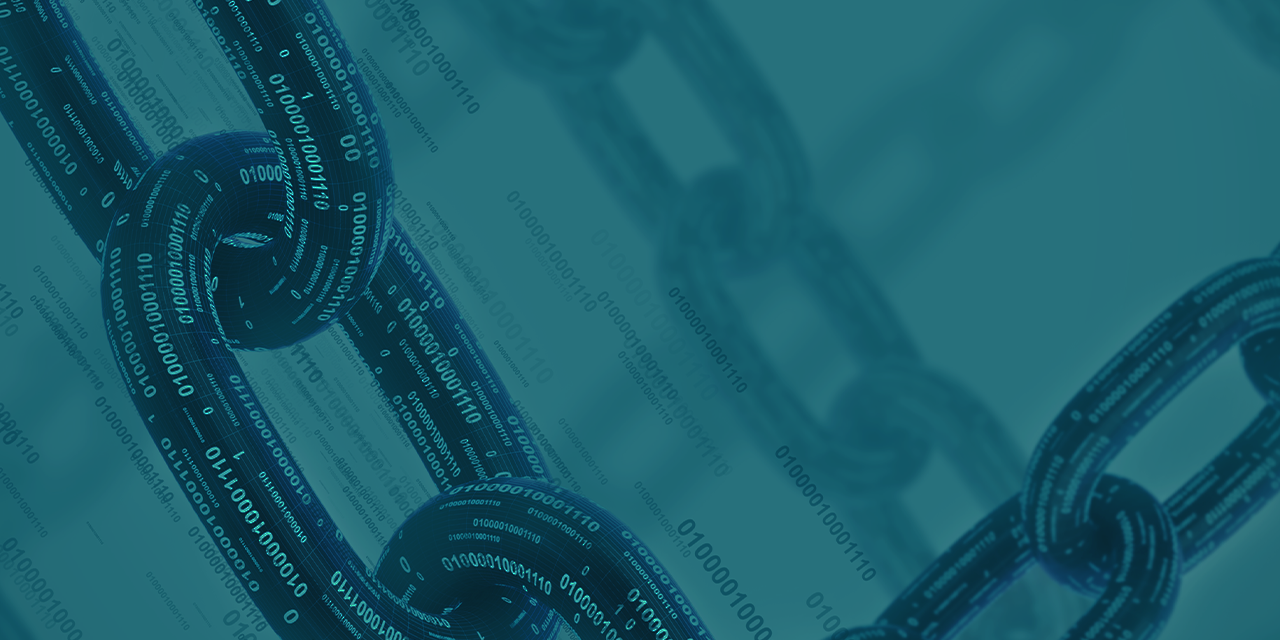Digital twins are virtual replicas of physical manufacturing systems that help companies improve efficiency, reduce costs and optimize operations by monitoring real-time data. These tools bridge the gap between information and operational technologies. While they offer benefits, they also create new security risks. Teams must protect digital twins from cyber threats to keep production safe and running and to defend valuable intellectual property and physical assets.
What Are the Cyber Risks Facing Digital Twins?
Digital twins face several security threats that can compromise virtual systems and physical operations. The most common attacks — including data breaches, ransomware and supply chain infiltration — can significantly damage manufacturing processes.
Between 2024 and early 2025, manufacturing companies experienced a 71% surge in threat actor activity, with 29 distinct groups targeting the sector. Ransomware attacks are particularly dangerous for manufacturers, accounting for over 68% of cyberattacks worldwide. These incidents can shut down production lines, corrupt digital twin data and demand hefty restoration payments.
Digital twins bring unique risks because they link information technology (IT) and operational technology (OT) and stream live data nonstop. Since everything connects, every sensor, device or network link becomes another door an attacker can try.
Data manipulation poses a significant risk because hackers can alter digital twin information to make simulations unreliable. This can result in faulty predictions, incorrect maintenance schedules, broken equipment or dangerous operational changes that affect both virtual models and physical systems.
7 Strategies to Secure Digital Twins
Secure digital twins with a clear, layered plan that tackles their unique risks. Organizations may consider applying these practical steps in manufacturing environments to help reduce cyber threats and keep operations reliable.
1. Implement Zero Trust Architecture
Zero trust architecture operates on the principle that no user or device should be trusted by default, even if it’s inside the network perimeter. This approach requires continuously verifying every access request and limiting permissions based on roles and responsibilities.
Manufacturing companies should implement least privilege access controls, ensuring that users and systems only have the minimum permissions necessary to function.
The zero trust philosophy also involves micro-segmenting networks to prevent attackers from moving laterally through systems if they gain initial access. This is particularly significant for digital twins that connect multiple systems and processes.
2. Secure Data Flows and Communications
Protecting the continuous data stream between physical assets and their digital twins requires robust encryption for data in transit and at rest. All communications between sensors, control systems and digital twin platforms should use secure protocols to prevent interception or tampering.
Network segmentation isolates digital twin traffic from other systems. Creating separate network zones for OT, IT and digital twin communications reduces breaches and risks of cross-system contamination.
3. Harden Endpoints and Edge Devices
Manufacturing environments contain numerous IoT devices, sensors and edge computing systems that feed data into digital twins. These endpoints often have limited security capabilities and can become vulnerable entry points.
Device hardening involves removing unnecessary services, changing default passwords and implementing strong authentication mechanisms on all endpoints. Creating secure configuration baselines ensures that new devices are deployed with the proper security settings from the start.
4. Monitor and Respond to Anomalies in Real Time
Artificial intelligence and machine learning technologies can enhance anomaly detection capabilities for digital twin systems. These tools can identify unusual patterns in system behavior, data flows or user activities that might indicate security threats or operational problems.
Integration with security information and event management systems and security operations centers provides centralized monitoring and response capabilities. Real-time analysis of logs, alerts and system data helps security teams identify and respond to threats quickly before they can cause significant damage.
5. Enforce Strong Identity and Access Management
Multi-factor authentication strengthens access control by requiring two or more verification steps before anyone signs in to a digital twin system. This significantly reduces the risk of unauthorized access even if passwords are compromised.
Role-based access controls ensure that users can only access the functions and data required for their job. Regular access reviews and automated provisioning help maintain appropriate permissions as employees change roles or leave the organization.
6. Regularly Assess and Test Security Posture
Penetration testing and vulnerability assessments help identify weaknesses in digital twin systems before attackers can exploit them. These evaluations should include both system technical testing and assessment of operational procedures and policies.
Purple teaming brings red and blue cybersecurity teams together to work collaboratively, combining offensive attack simulations with active defense efforts. This strategy creates a continuous feedback loop in which red teams test defenses under controlled conditions, and blue teams use those insights to strengthen detection, response and overall security.
Compliance with industry standards — such as the NIST Cybersecurity Framework and ISA/IEC 62443 — provides structured guidance for securing industrial control systems and OT. These frameworks offer specific requirements for authentication, access control, network segmentation and incident response.
7. Foster a Security-First Culture Across IT and OT Teams
Cross-functional training helps bridge the knowledge gap between IT and OT teams. Incident response planning and tabletop exercises prepare teams to respond effectively to security incidents. Regular practice scenarios help identify communication gaps, procedural weaknesses and resource limitations that could hinder emergency response efforts.
Real-World Security Incident — Manufacturing Attack Prevention
A government research report examined how digital twin technology successfully prevented a major industrial espionage attempt at a global automotive manufacturer. The company had implemented comprehensive digital twins of its production facilities, which included detailed models of robotic assembly lines, quality control systems and proprietary manufacturing algorithms.
When attackers attempted to infiltrate its systems through a compromised vendor connection, the digital twin-trained security systems immediately identified anomalous patterns. The security team isolated the affected systems and prevented the theft of research and development data worth an estimated $2 billion.
Strengthening Digital Twin Defenses
Digital twins offer powerful new ways for manufacturers to optimize performance and innovate but also introduce complex cybersecurity challenges. Use a layered defense that blends technical safeguards, continuous monitoring and strong IT-OT teamwork. Build security from day one, then continue testing and training. Stay vigilant as threats change. With this approach, teams can confidently use digital twins while protecting critical assets.
Interested in reading more articles like this? Subscribe to the ISAGCA blog and receive regular emails with links to thought leadership, research and other insights from the OT cybersecurity community.




